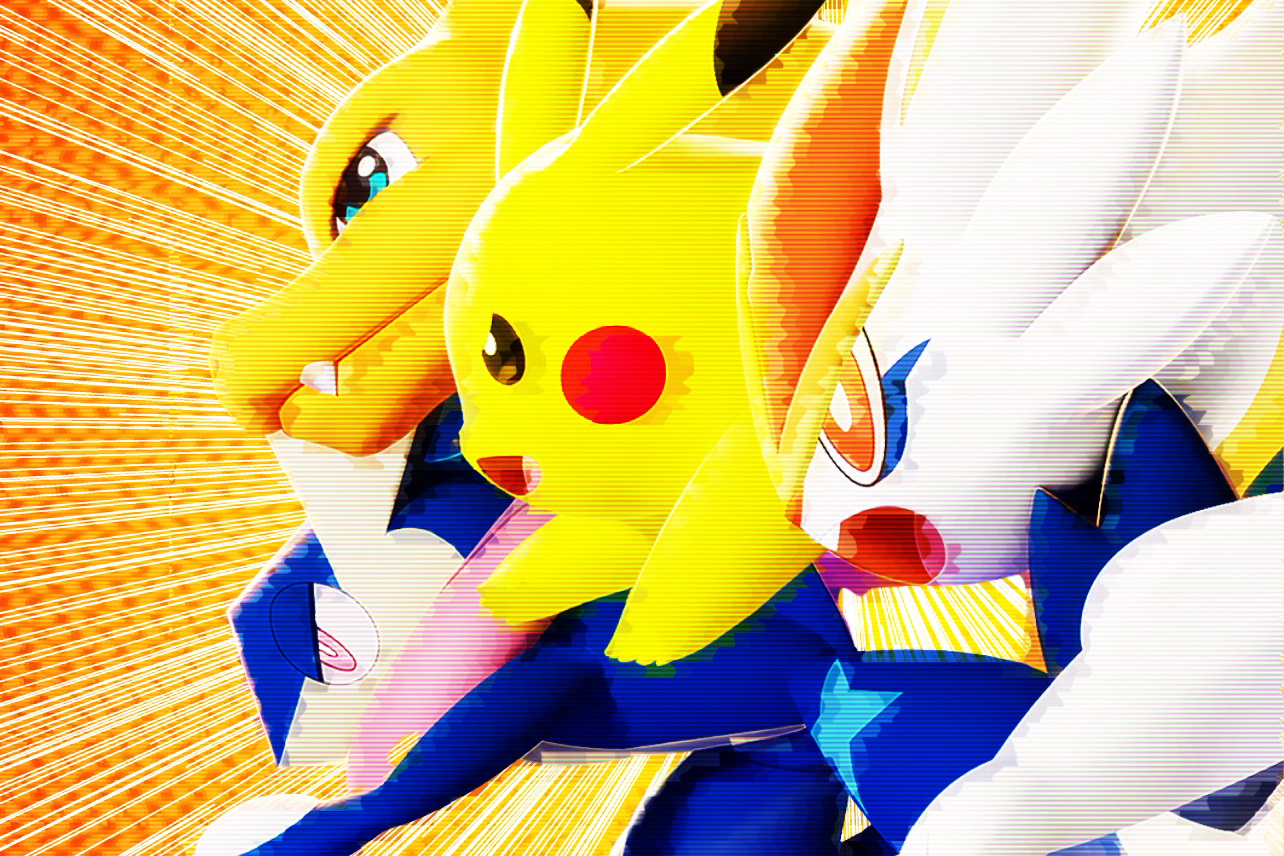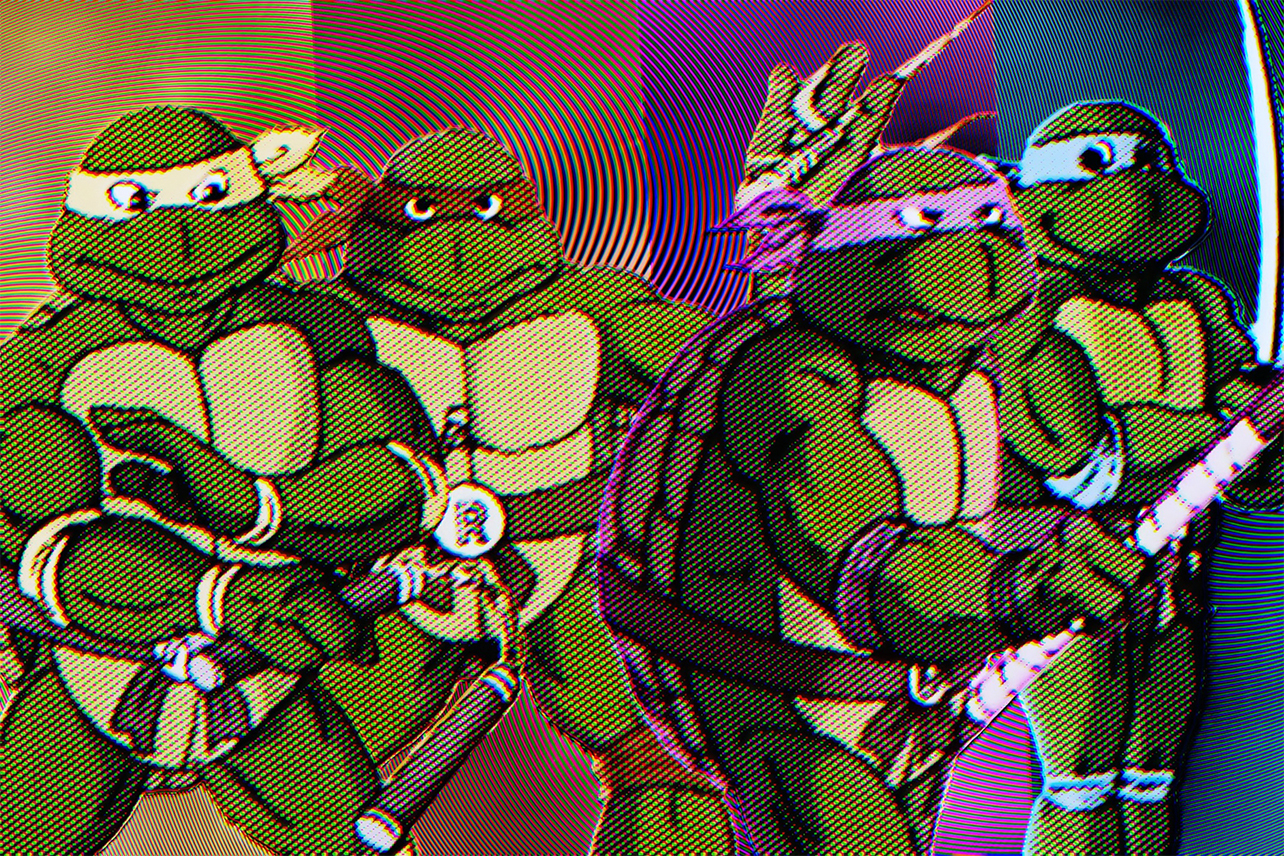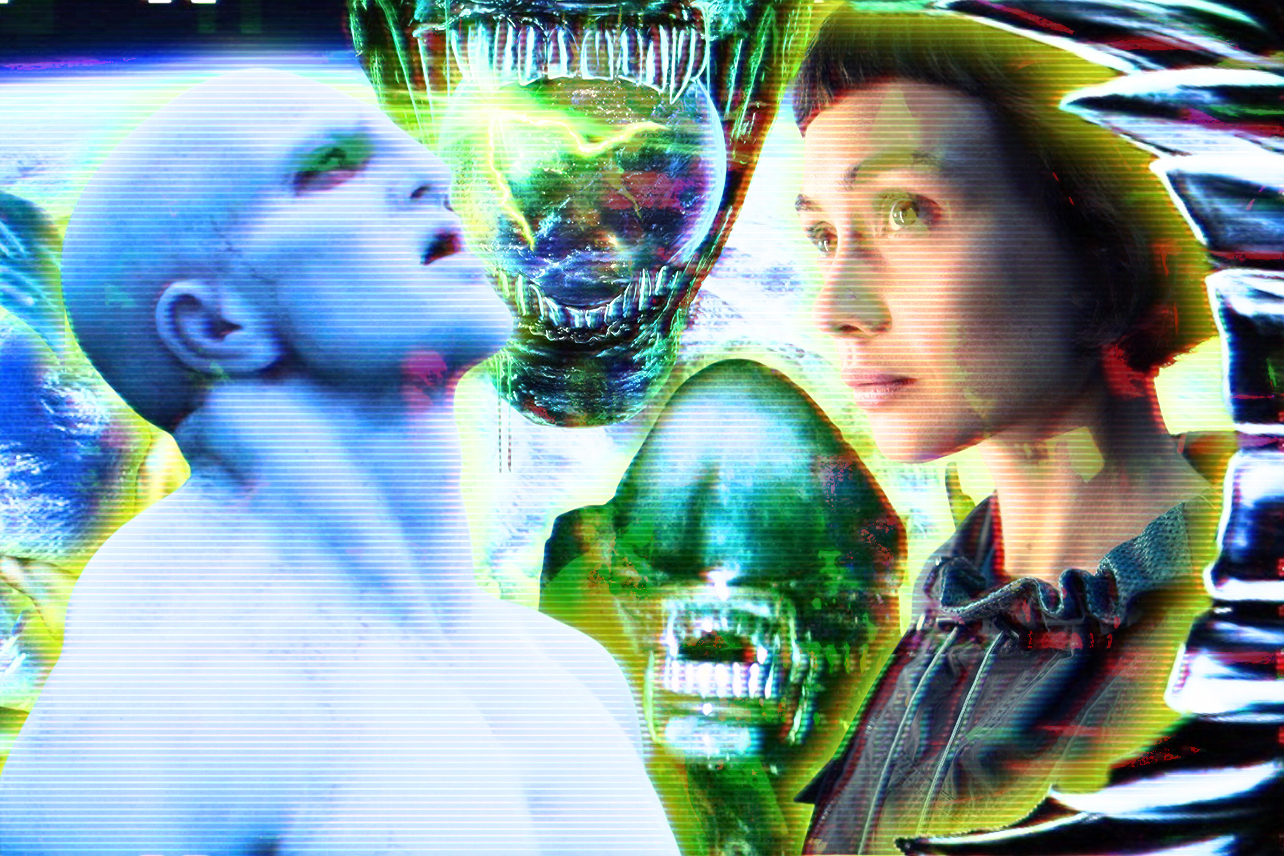Our Heist Guides introduce new fans to something we think is seriously cool, and they may even provide some behind-the-scenes knowledge to longtime diehards. It's everything you need to know to plan your own heist.
When it comes to pop culture properties, none is bigger than Pokémon. As such, taking your first step into this multi-billion dollar franchise can be a little intimidating. But, fear not, would-be Trainer!
Whether you're ready to jump into this world or just curious about the basics, we're here to help. Here are ten common questions about Pokémon, from what they are to what they do and everything in between. This extensive beginner's guide has all the answers you're looking for in an easy to use package that's simpler to navigate than your next Pokédex upgrade.
So, grab some Poké Balls and get ready to catch 'em all — this is Pop Heist's guide to Pokémon!
What are Pokémon?
Pokémon, short for "Pocket Monsters," are fictional creatures that exist within one of the world's most popular entertainment franchises. Debuting in a series of Game Boy games first released in Japan back in 1996, Pokémon has since expanded worldwide into trading card games, an animated series, manga, movies, merchandise, and more.
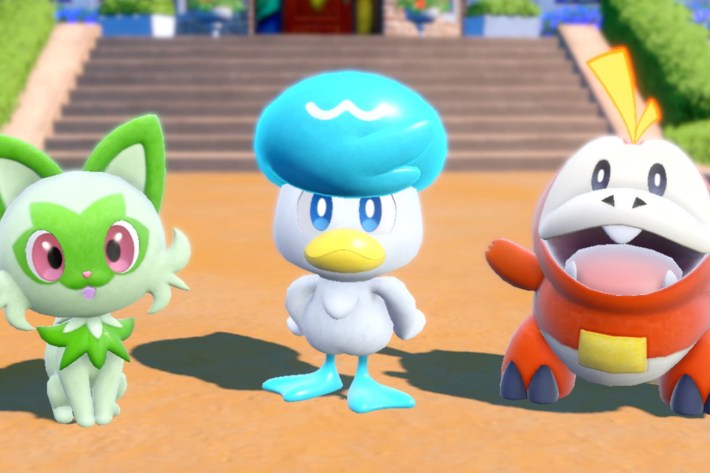
In the Pokémon universe, these creatures live alongside humans and possess unique abilities based on their different elemental types such as Grass, Fire, Water, Electric, and Ground. Sought out and caught by Trainers using devices called Poké Balls, Pokémon come in all different shapes and sizes, from the adorable Pikachu to the towering Charizard, and each one has its own unique personality and powers. In addition to an emphasis on battling and collecting, Pokémon also explores themes of friendship, teamwork, and exploration, making them relatable to people of all ages and locations.
For close to three decades now, Pokémon has grown into a cultural phenomenon, inspiring a sense of adventure and discovery that continues to captivate fans around the globe. Be it in games, comics, cards, or TV, this billion dollar brand brings people together through a shared love of the franchise.
So, what do Trainers do with Pokémon?
Trainers play a key role within the world of Pokémon, forming strong bonds with these creatures while guiding them through exciting adventures. At their core, Trainers capture and care for Pokémon, fostering trust and teamwork to bring out the very best in each other. But, their responsibilities go far beyond that.
First, Trainers engage in battles, strategically using their Pokémon's unique abilities to compete against one another in thrilling tests of skill. These battles aren't just about victory. They help the Pokémon to grow stronger, learn new moves, and reach their full potential. Max those levels!
Trainers also explore diverse environments, from bustling cities to lush forests, to discover and capture new Pokémon.
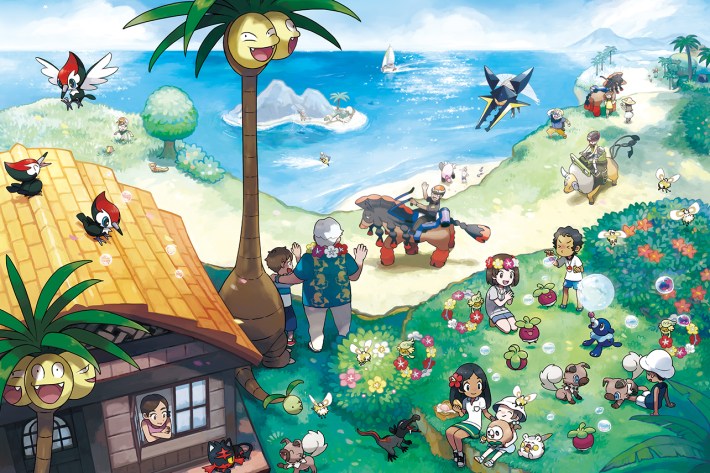
They often participate in gym challenges, tournaments, and special events designed to showcase their abilities and win prestigious titles. Beyond competition, Trainers also look to build personal connections with their Pokémon by feeding, grooming, and playing with them. Many even use their Pokémon to help others, assisting in research, protecting habitats, or volunteering in their community.
Ultimately, being a Trainer is about building partnerships and embracing the spirit of adventure. They inspire teamwork, cultivate lifelong friendships, and create unforgettable memories with their Pokémon, making for an enriching and rewarding experience for all.
Wait — gym challenges? What's a Pokémon Gym?
A Pokémon Gym is a sports arena where Trainers can test their mettle against some of the toughest opponents around. Think of it as a proving ground where skills are sharpened, reputations are built, and victory earns you bragging rights and a shiny new badge.

Each Gym is led by a Gym Leader, a seasoned Trainer specializing in a specific Pokémon type — Fire, Ice, Fairy, etc. These leaders act as gatekeepers to greatness, challenging opponents with battles as intense as they are rewarding.
Gyms aren't just about battles, though. They're also cleverly designed puzzles, requiring just as much brain as they do brawn. Expect anything from mazes to quizzes all meant to prepare those who enter for the ultimate showdown with the Gym Leader.
Winning at Gyms earns you a coveted Gym Badge, which serves as proof of your victory and lands you one step closer to the Pokémon League — where the best of the best compete to become champion. But even if you lose, it's all part of the journey. A Pokémon Gym is a place where strategy, fun, and chaos can collide at any given moment — offering up the sort of excitement any Trainer lives for.
How do Pokémon evolve and why is it so important?
Think of Pokémon evolution like a glow-up on steroids. It's a fascinating process where a Pokémon transforms into a more powerful (and often cooler) version of itself. This transformation is triggered by various factors such as gaining experience in battles, using special items, or forming strong bonds with their Trainers.
Evolution is important for two big reasons: growth and strategy. When a Pokémon evolves, it often gains boosted stats — higher attack power, better defense, increased speed — making it a more capable ally in battles. It may also learn new moves or abilities that weren't available before, giving Trainers more options when building out their teams and crafting a winning strategy.
On a slightly deeper level, evolution also reflects a Pokémon's progress and the bond with its Trainer. It's a testament to teamwork, effort and perseverance. Plus, let's be honest here: There's something ridiculously satisfying about seeing your goofy little Magikarp finally become the mighty Gyarodos.
In the grand scheme, evolution adds excitement, variety and depth to the Pokémon journey. Whether for a competitive edge or just to see your buddy finally reach his final form, evolution helps keep the adventure dynamic and endlessly rewarding.
Cool! Who created Pokémon?
Pokémon was created by Japanese video game designer Satoshi Tajiri. As a child, he loved catching bugs and exploring the natural world, hobbies that would help inspire the central ideas behind Pokémon: capturing and training different creatures. His fascination with nature combined with a love of video games sparked the idea for a game where players could collect, battle, and trade unique monsters.
In the early 1990s, Tajiri pitched this idea to Nintendo. Despite some initial skepticism, the concept blossomed into a collaboration that would change gaming forever. In 1996, the first Pokémon games, Pokémon Red and Pokémon Green, were released in Japan for the Game Boy and the rest, as they say, is history.
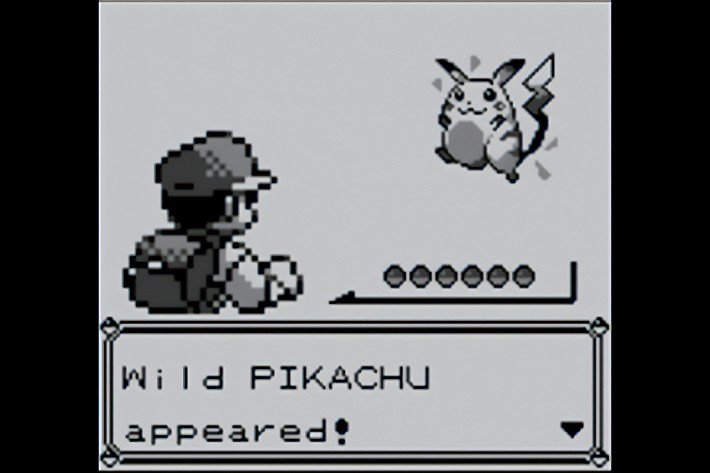
With its simple yet brilliant premise of "Gotta Catch 'Em All," Tajiri turned his childhood hobby into a global phenomenon. More than just a game, this cultural juggernaut is now the largest intellectual property on the planet, inescapable whether you're watching TV, browsing at the comic store, or walking in the toy aisle at Target.
How many Pokémon are there?
Since its inception, there have been a staggering 1,015 unique Pokémon created for the franchise. From the original 151 in Pokémon Red and Pokémon Green (Pokémon Blue, if you lived in North America) to the most recent additions included in Pokémon Scarlet and Pokémon Violet, the Pokémon world has grown into a truly expansive universe of near endless possibility.
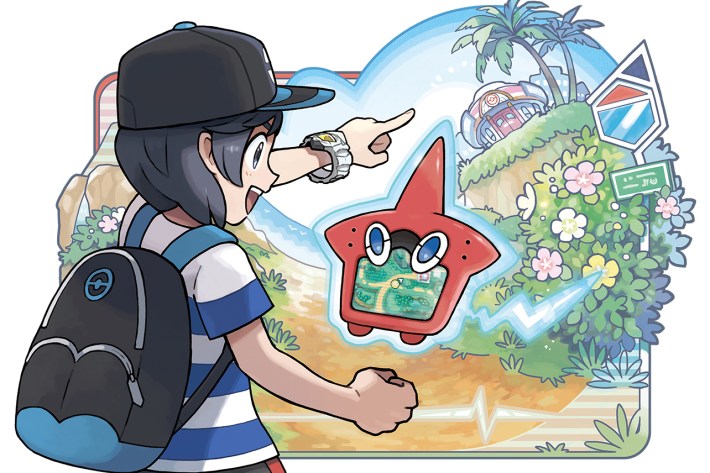
The variety of Pocket Monsters is mind-boggling. There are classics like Bulbasaur and Squirtle, mysterious legendaries like the genetically created Mewtwo, and even hilariously absurd ones like Trubbish — a literal bag of garbage. They come in all different shapes, sizes, and types, each with their own strengths, weaknesses, and moves, ensuring that there is a favorite for everyone.
Why so many? Well, variety really is the spice of life. With each new game and fresh region, the mythology of this magical world expands and keeps Trainers guessing in new and exciting ways. Thus, Pokémon continues to feel fresh despite the fact that it has been around for close to 30 years now.
Um, what's a Pokédex?
Think of a Pokédex as the ultimate Pokémon encyclopedia, a high-tech gadget that every Pokémon Trainer dreams of owning — sort of like the latest iPhone. Designed by researchers like the series' iconic Professor Oak, the Pokédex is your go-to guide for learning all there is to know about the fascinating creatures you'll encounter on your journey.
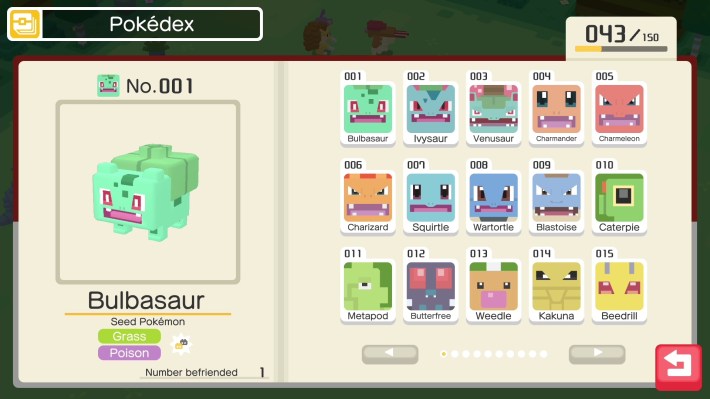
When you catch or encounter a new Pokémon, the Pokédex automatically records its data. It provides crucial details, including name, type, abilities, and often some quirky trivia — like how Magikarp is pretty much a useless Pokémon. But the Pokédex is more than just a simple information dump. It's also a challenge. Trainers are tasked with completing it by catching every Pokémon in the region, a task that is both rewarding and hair-pullingly frustrating. With over 1,000 different Pokémon in existence as of this writing, filling up the Pokédex is no easy task, but boy, is it a fun one!
Emphasizing curiosity and exploration, the Pokédex encourages Trainers to travel across the land, searching far and wide for new Poké pals to add to their team. Whether a casual collector or a die hard completionist, the Pokédex is sure to turn your journey into a thrilling, knowledge-packed adventure.
What are the different types of Pokémon?
Pokémon types are sort of like personality traits, but instead of being shy or outspoken, they're things like fire-breathing and electric-zapping. As of this writing, there are a total of 18 distinct Pokémon types, each playing a crucial role in battles, strategy, and the overall Pokémon experience.
Pokémon types reflect a number of real-world elements like Rock and Steel, while some are a little more mythical like Fairy or Dragon. There are classics like Fire, Grass, and Water, which form a rock-paper-scissors sort of dynamic, while Flying and Bug types mimic the abilities of creatures inhabiting nature. Oh — and don't forget Electric types like Pikachu. That little guy really knows how to light up a battlefield.
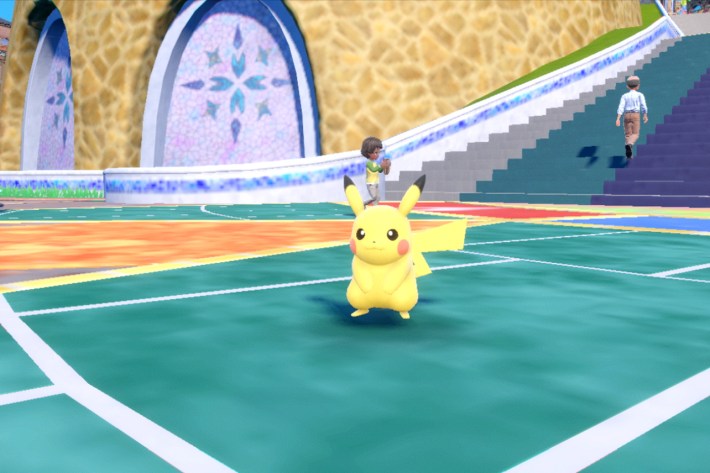
Each type has strengths and weaknesses making each battle a strategic game of chess. For example, Ice is great against Flying, but predictably weak against Fire. At the same time, Fire burns Grass, Grass absorbs Water, and Water douses Fire. Get it? In short, Pokémon types add a nice layer of depth, excitement, and a splash of unpredictability to each encounter. Mastering them? Now, that's a Trainer's ultimate test.
Who is Pikachu and why is he so popular?
Pikachu is the face of Pokémon, an adorable, yellow Electric-type creature known for his rosy cheeks, playful demeanor, and powerful Thunderbolt attack. Introduced in the original Pokémon games (Pokémon Red and Pokémon Blue in the US), Pikachu quickly became a fan favorite and the franchise's undisputed mascot.
So, why is Pikachu so popular? First, he's the perfect blend of cute and cool. His big eyes, pointy ears, and cheeky smile make him irresistibly charming, while his electrifying abilities show he's not to be underestimated. Pikachu represents everything that makes Pokémon fun: teamwork, adventure, and a little spark of surprise.
Pikachu's stardom skyrocketed thanks to the Pokémon anime, where he became the loyal companion of protagonist Ash Ketchum. Their bond is the heart of the series, with Pikachu often saving the day in epic battles (or comedic mishaps). Whether zapping the villainous Team Rocket or snacking on ketchup, Pikachu's antics are endlessly entertaining.
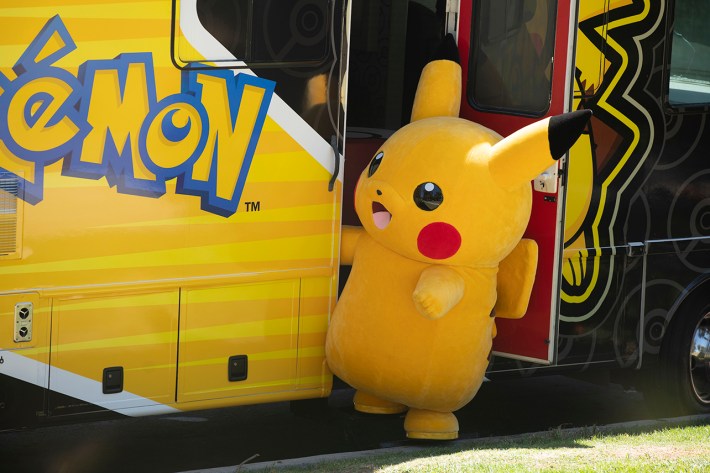
But beyond its battles and TV appearances, Pikachu resonates because it's relatable. It's small but mighty, loyal but independent, a symbol of potential and perseverance. From plush toys to the big screen (2019's Detective Pikachu, anyone?), Pikachu's universal appeal ensures he's not just an icon, but a beloved stalwart within the landscape of popular culture.
Can you tell me a bit about the Pokémon anime?
This is the beloved animated series that brought Pokémon to life beyond the video games. It follows the adventures of Ash Ketchum, a young trainer with dreams of becoming a Pokémon Master, and his ever-loyal Pikachu. Along the way, Ash travels through various regions, meets new friends, and competes in gym battles, all while facing the pesky and often hilarious Team Rocket.
The anime didn't stop at TV episodes. It branched out into a series of films, starting with Pokémon: The First Movie — Mewtwo Strikes Back (released in Japan in 1998, worldwide in 1999). This iconic film introduced Mewtwo, a powerful and mysterious Pokémon, and set the tone for future films. Pokémon 2000 followed with the legendary battle between Articuno, Zapdos, and Moltres, cementing the anime's reputation for thrilling, high-stakes storytelling and exploring the game's lore through different mediums.
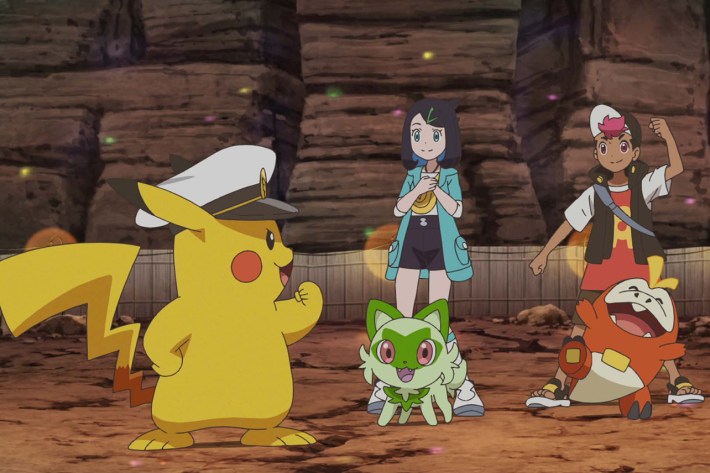
Fast-forward to the latest series, Pokémon Horizons, which introduces new protagonists Liko and Roy. This fresh chapter offers new regions, Pokémon, and storylines, keeping the adventure alive for both new fans and long-time followers. With new characters and an evolving world, Pokémon Horizons marks the beginning of another exciting era for the franchise. Now a staple of pop culture, this long-running series continues to entertain and inspire with every new episode and film release.
Are there any pop culture institutions that you need help breaking into? Let us know on Bluesky!
